43 periodic table with metal and nonmetal labels
Metal and non-metal on the periodic table - Science Query Metals are located on the left side of the periodic table and non-metals are located on the upper right. They are separated by a diagonal band of metalloids. In the periodic table alkali metals (group 1) and alkali earth metals (group 2) on the far left, and the halogens (group 17) and the noble gases (group 18) on the far right (6) & (4). First 10 elements of the periodic table - chemistry1science Aug 07, 2021 · First 10 elements of the periodic table . First 10 elements and their symbols: Hydrogen (H) Helium (He) Lithium (Li) Beryllium (Be) Boron (B) Carbon (C) Nitrogen (N) Oxygen (O) Fluorine (F) Neon (Ne) 1- Hydrogen. Symbol: H. Atomic Number: 1. Atomic Mass: 1.008. Oxidation States: +1, -1. Standard State: Gas. Group Block: Nonmetal. Year ...
blank periodic table for metals and nonmetals Students will determine which group nonmetals belong to & the names of each group of metals (alkaline earth metals, transition, etc.).Included:-2 page quiz (PDF & Word Document)-Answer key-Blank periodic table for student use Updated 10/15/18 to include a review sheet to go along with the Metals, Nonmetals, and Metalloids Quiz!!!!Consider
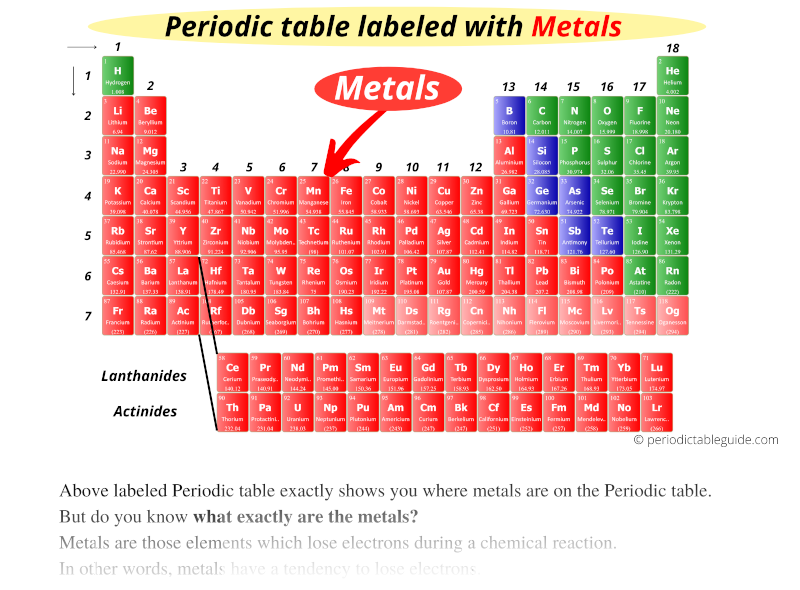
Periodic table with metal and nonmetal labels
Metals and non-metals in the periodic table - The periodic table - AQA ... Metals are on the left of the periodic table, and non-metals are on the right. Atomic structure and the periodic table Elements in group 1 and group 2 are metals. Atoms of group 1 elements have one... The Periodic Table .pptx - The Periodic Table Atomic Number... Is this a photo of a metal, a nonmetal, or a metalloid? How do you know? 5. What properties do alkali metals share? 6. Why might metals be further broken down within the periodic table? 7. On a sheet of paper, copy the table framework below. Then, use terms from the list below to fill in the missing information. Terms: yes, no, yes/no (if it ... Blank Periodic Table For Metals And Nonmetas Teaching Resources | TpT Students will determine which group nonmetals belong to & the names of each group of metals (alkaline earth metals, transition, etc.).Included:-2 page quiz (PDF & Word Document)-Answer key-Blank periodic table for student use Updated 10/15/18 to include a review sheet to go along with the Metals, Nonmetals, and Metalloids Quiz!!!!Consider
Periodic table with metal and nonmetal labels. Build an Atom - Atoms | Atomic Structure | Isotope Symbols ... Build an atom out of protons, neutrons, and electrons, and see how the element, charge, and mass change. Then play a game to test your ideas! Metalloid - Wikipedia Recognition status, as metalloids, of some elements in the p-block of the periodic table. Percentages are median appearance frequencies in the lists of metalloids. The staircase-shaped line is a typical example of the arbitrary metal–nonmetal dividing line found on some periodic tables. List of Elements That Are Nonmetals - ThoughtCo List of All Elements That Are Nonmetals So, if we include the nonmetals group, halogens, and noble gases, all of the elements that are nonmetals are: Hydrogen (sometimes) Carbon Nitrogen Oxygen Phosphorus Sulfur Selenium Fluorine Chlorine Bromine Iodine Astatine Tennessine (sometimes considered a halogen or metalloid) Helium Neon Argon Krypton Metals and non-metals in the periodic table - PubMed A link between that theory and the work of Sir Nevill Mott on the metal-non-metal transition is also highlighted. The application of the 'simple', but highly effective Goldhammer-Herzfeld and Mott criteria, reveal when a chemical element of the periodic table will behave as a metal, and when it will behave as a non-metal.
Periodic Table of the Elements - Metals The elements are divided into two main types, metals and nonmetals, based on their properties. About 75% of the elements are classified as metals. The name metal comes from the Greek word "m tallon" meaning "mine, quarry, metal". Properties of metals: Mostly solids Hard, shiny, malleable meaning flexible Metal and non-metal oxides - The periodic table - BBC Bitesize Metals in the periodic table Metals are found on the left and in the middle of the periodic table. A line of steps underneath boron (B) can be drawn to divide the table into metals and non-metals.... Periodic Table/Metals/Nonmetals Quiz - Quizizz D. Question 10. 30 seconds. Q. A student tested the conductivity of four elements using an incomplete electrical circuit. When the element is placed in the circuit, the bulb lights up brightly, lights up dimly, or does not light up at all based on the element's ability to conduct electricity. The table below shows the results of her ... Periodic Table: Metals, Non-metals, and Metalloids - Quizlet Terms in this set (40) Metalloid. the set of elements that separate the metals from the nonmetals on the periodic table and that possess properties of both metals and nonmetals. Period. Group. Periodic trend (This is why the table is called periodic) These groups are entirely metals. This group is entirely inert (non-reactive gases)
Metals, Nonmetals, and Metalloids of the Periodic Table - ThoughtCo Elements of the periodic table are grouped as metals, metalloids or semimetals, and nonmetals. The metalloids separate the metals and nonmetals on a periodic table. Also, many periodic tables have a stair-step line on the table identifying the element groups. The line begins at boron (B) and extends down to polonium (Po). 9.2: Metals and Nonmetals and their Ions - Chemistry LibreTexts Nonmetals. Elements that tend to gain electrons to form anions during chemical reactions are called non-metals. These are electronegative elements with high ionization energies. They are non-lustrous, brittle and poor conductors of heat and electricity (except graphite). Non-metals can be gases, liquids or solids. PDF Metals, Non-Metals, Metalloids and the Periodic Table The Metals are represented in the Periodic Table in blue. The Periodic Table H He Li Be B C N O F Ne Na Mg Al Si P S Cl Ar K Ca Sc Ti V Cr Mn Fe Co Ni Cu Zn Ga Ge As Se Br Kr ... The Non-Metals are represented in the Periodic Table in yellow. The Periodic Table H He Li Be B C N O F Ne Na Mg Al Si P S Cl Ar K Ca Sc Ti V Cr Mn Fe Co Ni Cu Zn Ga ... (PDF) general-chemistry.pdf | Sumit Banerjee - Academia.edu general-chemistry.pdf
Periodic Table Printable - Free Printable Periodic Table 2022 No Metales Tabla Periódica September 1, 2022 by tamble No Metales Tabla Periódica - There are several teams of precious metals within the Occasional Dinner table, and this post will explore the key groups of these components. Moreover, we'll deal with several of the more complex metallic alloys, such as gold and silver.
Periodic table labeled with Metals Nonmetals and Metalloids Periodic table labeled with Metalloids Above picture shows you the labeled Metalloids on the Periodic table. They are found between the metals and nonmetals. Elements which have the metallic properties as well as nonmetallic properties are classified as Metalloids. Because of this reason, they are also known as semimetals.
Periodic Table of Elements: Los Alamos National Laboratory Metalloid (or "semi-metal" or "poor metal"). The metalloids are B, Si, Ge, As, Sb, Te, and Po. They sometimes behave as semiconductors (B, Si, Ge) rather than as conductors. Lanthanides. The lanthanides comprise elements 57 (lanthanum, hence the name of the set) through 71. They are grouped together because they have similar chemical properties.
Metals and Non Metals of the Periodic Table From Group 13 to 16 these are a mixture of metals, non-metals, and semimetals. For example Group 15 contains the non-metals Nitrogen and Phosphorus, the semi-metal Arsenic and the metals Antimony and Bismuth. These non metals have very different properties to metals, they do not tend to barde shiny and wont conduct heat or electricity well.
Where are Nonmetals located on the Periodic Table? (+Images) There are 18 nonmetals on the Periodic table. All these nonmetals are located on the upper right corner of the Periodic table ( Hydrogen is located on the left top corner) In the above image, the nonmetals are represented in yellow color. [ Note: Astatine (atomic number 85) shows characteristics of nonmetals (halogens) as well as metalloids.
Metals on the Periodic Table: Definition & Reactivity Learn about the groupings of metals and nonmetals on the periodic table, features in metallic bonding and reactivity, and their formation of ionic compounds. Updated: 10/13/2021 Create an account
The Periodic Table: Metals, Nonmetals, and Metalloids Using the periodic table, you can classify the elements in many ways. One useful way is by metals, nonmetals, and metalloids. The periodic table is organized in families and periods . Metals In the periodic table, you can see a stair-stepped line starting at Boron (B), atomic number 5, and going all the way down to Polonium (Po), atomic number 84.
3 Minerals – An Introduction to Geology Derive basic atomic information from the Periodic Table of Elements. Describe chemical bonding related to minerals. Describe the main ways minerals form. Describe the silicon-oxygen tetrahedron and how it forms common silicate minerals. List common non-silicate minerals in oxide, sulfide, sulfate, and carbonate groups.
Groups and Periods of the Periodic Table --------------------Metals ... Metals (left side of a period) generally have a lower electron affinity than nonmetals (right side of a period), with the exception of the noble gases. According to their shared physical and chemical properties, the elements can be classified into the major categories of metals, metalloids and nonmetals. Metals Most elements are metals.
The Periodic Table Of Metals And Nonmetals | Science Trends Non-Metals In The Periodic Table Non-metals can be easily located on the Periodic Table because they are to the right of the line that looks like a stepping ladder. The only exception to this is atomic number 1, Hydrogen (H), which has a different location on the table. Non-metals are characterized by having the exact opposite properties of metals.
Labeled Periodic Table | Science Trends Semimetals, or metalloids, have properties which are in between metals and nonmetals. These properties are: Can be either dull or shiny Often effective semiconductors Can lose or gain electrons in chemical reactions Have several different forms Nonmetals are elements that have properties which are quite distinct from metals.
1910.1450 App A - National Research Council Recommendations ... The CSB issued a case study on an explosion at Texas Tech University in Lubbock, Texas, which severely injured a graduate student handling a high-energy metal compound. Since 2001, the CSB has gathered preliminary information on 120 different university laboratory incidents that resulted in 87 evacuations, 96 injuries, and three deaths.
Elements and The Periodic Table | CHEM 1305 Introductory Chemistry ... Using the periodic table, classify each of the following elements as a metal or a nonmetal, and then further classify each as a main-group (representative) element, transition metal, or inner transition metal: cobalt europium iodine indium lithium oxygen cadmium terbium rhenium Show Answer Identifying Elements
Periodic table metals metalloids and nonmetals - Wordwall 10000+ results for 'periodic table metals metalloids and nonmetals'. Metals, Nonmetals, Metalloids Maze chase. by Kelsiedreiling2. G6 Science. 6.6A Metals, Nonmetals and Metalloids Group sort. by Jmonarez. G6 G8. Metals, Metalloids and Nonmetals Gameshow quiz. by Ktsimms31.
Nonmetal - Wikipedia In periodic table terms, an analogy can be drawn between the noble gases and noble metals such as platinum and gold, with the latter being similarly reluctant to enter into chemical combination. As a further example, xenon, in the +8 oxidation state, forms a pale yellow explosive oxide, XeO 4 , while osmium , another noble metal, forms a yellow ...
Periodic Table of Elements - PubChem Such was the case when IUPAC recently reviewed elements 113, 115, 117 and 118, and decided to give them official names and symbols (goodbye, ununseptium and hello, tennessine!). Atomic weights found within a periodic table one might think are constant. The truth is that atomic weights have changed as a function of time.
List of metals and nonmetals on the periodic table? - Answers Best Answer. Copy. About three-fourths of all the elements are metals, and on the Periodic Table, they start with group 1 on the far left and extend all the way over to the "stair-step" line that ...
Labeled Periodic Table of Elements with Names - Science Struck Non-Metals: Hydrogen, Carbon, Nitrogen, Oxygen, Phosphorus, Sulfur and Selenium are seven non-metals located in the 14th, 15th and 16th group of the periodic table. These elements are very brittle and do not easily conduct electricity. Noble Gases: Noble gases are located in 18th group of the periodic table. Helium, Neon, Argon, Krypton, Xenon ...
Blank Periodic Table For Metals And Nonmetas Teaching Resources | TpT Students will determine which group nonmetals belong to & the names of each group of metals (alkaline earth metals, transition, etc.).Included:-2 page quiz (PDF & Word Document)-Answer key-Blank periodic table for student use Updated 10/15/18 to include a review sheet to go along with the Metals, Nonmetals, and Metalloids Quiz!!!!Consider
The Periodic Table .pptx - The Periodic Table Atomic Number... Is this a photo of a metal, a nonmetal, or a metalloid? How do you know? 5. What properties do alkali metals share? 6. Why might metals be further broken down within the periodic table? 7. On a sheet of paper, copy the table framework below. Then, use terms from the list below to fill in the missing information. Terms: yes, no, yes/no (if it ...
Metals and non-metals in the periodic table - The periodic table - AQA ... Metals are on the left of the periodic table, and non-metals are on the right. Atomic structure and the periodic table Elements in group 1 and group 2 are metals. Atoms of group 1 elements have one...




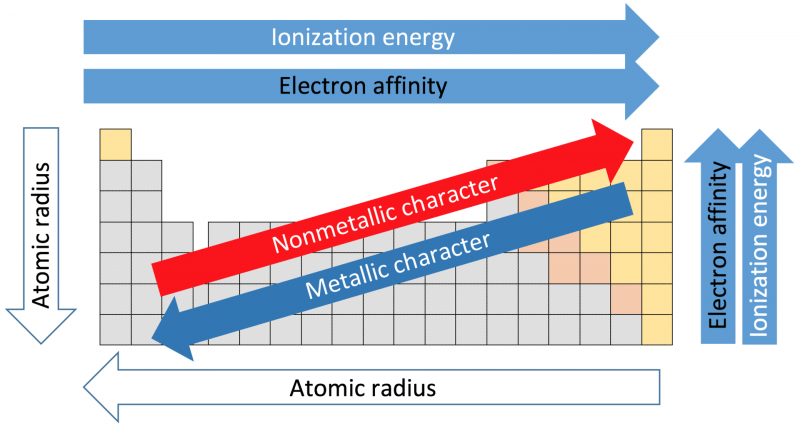








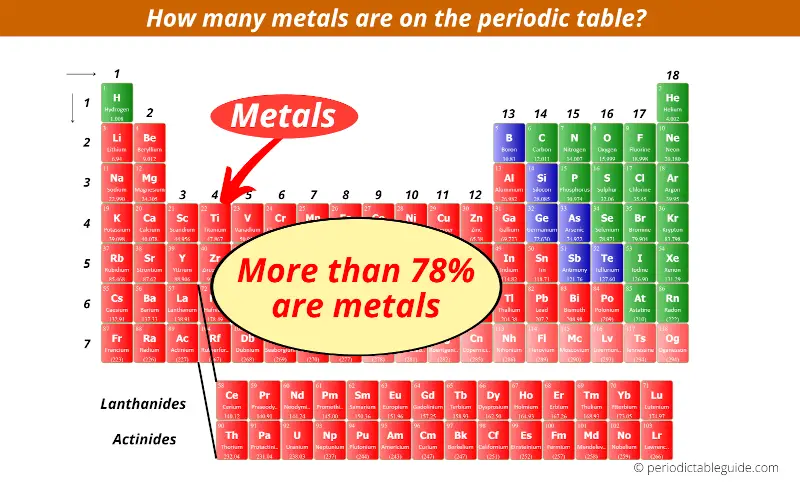

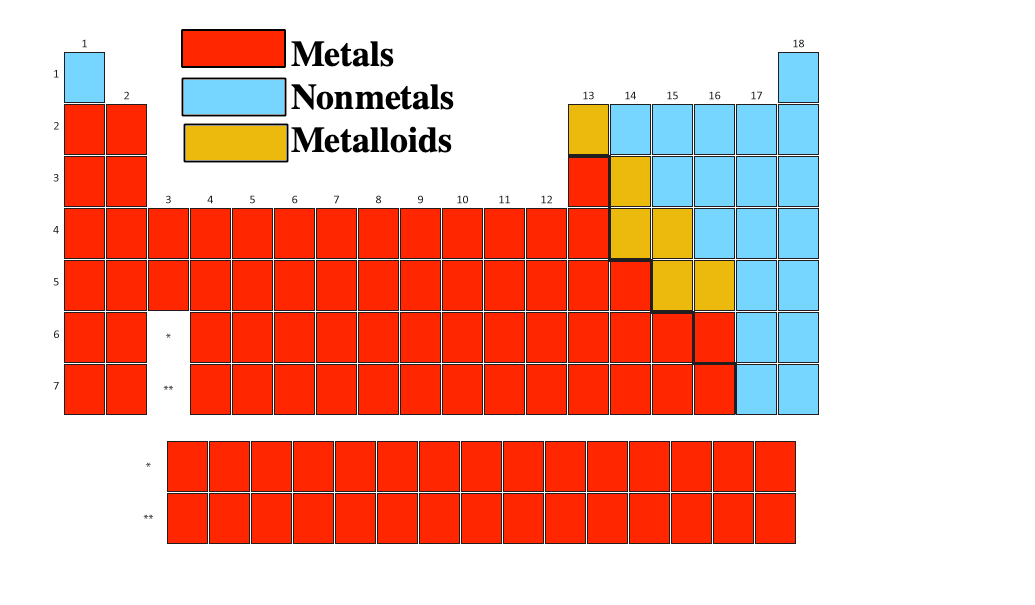





/PeriodicTableCrystal-56a12d9b5f9b58b7d0bccfdf.png)



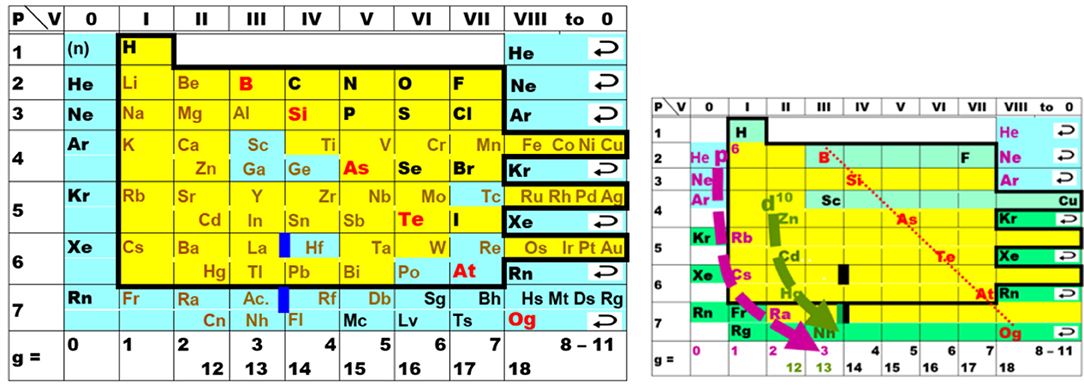



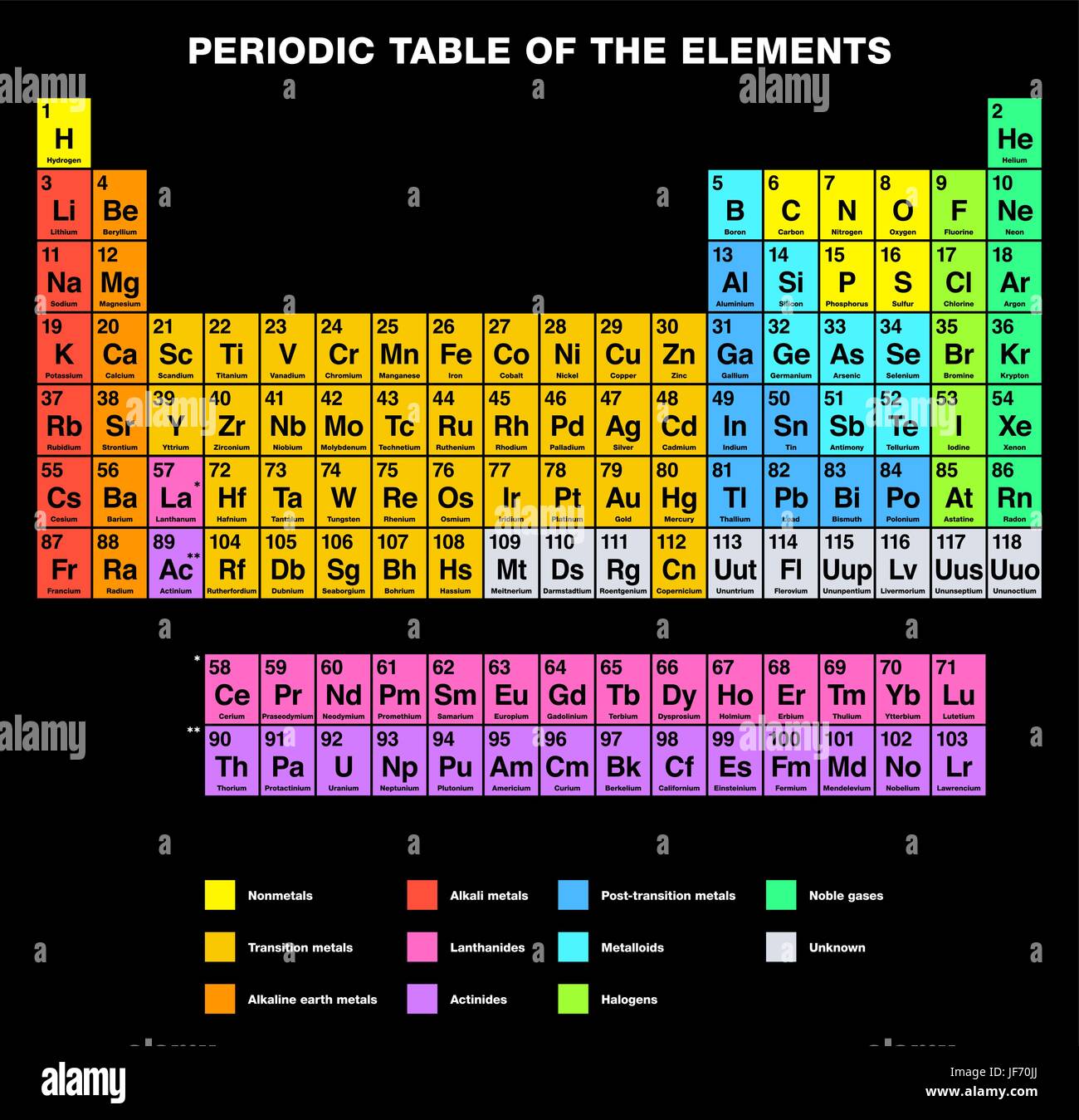
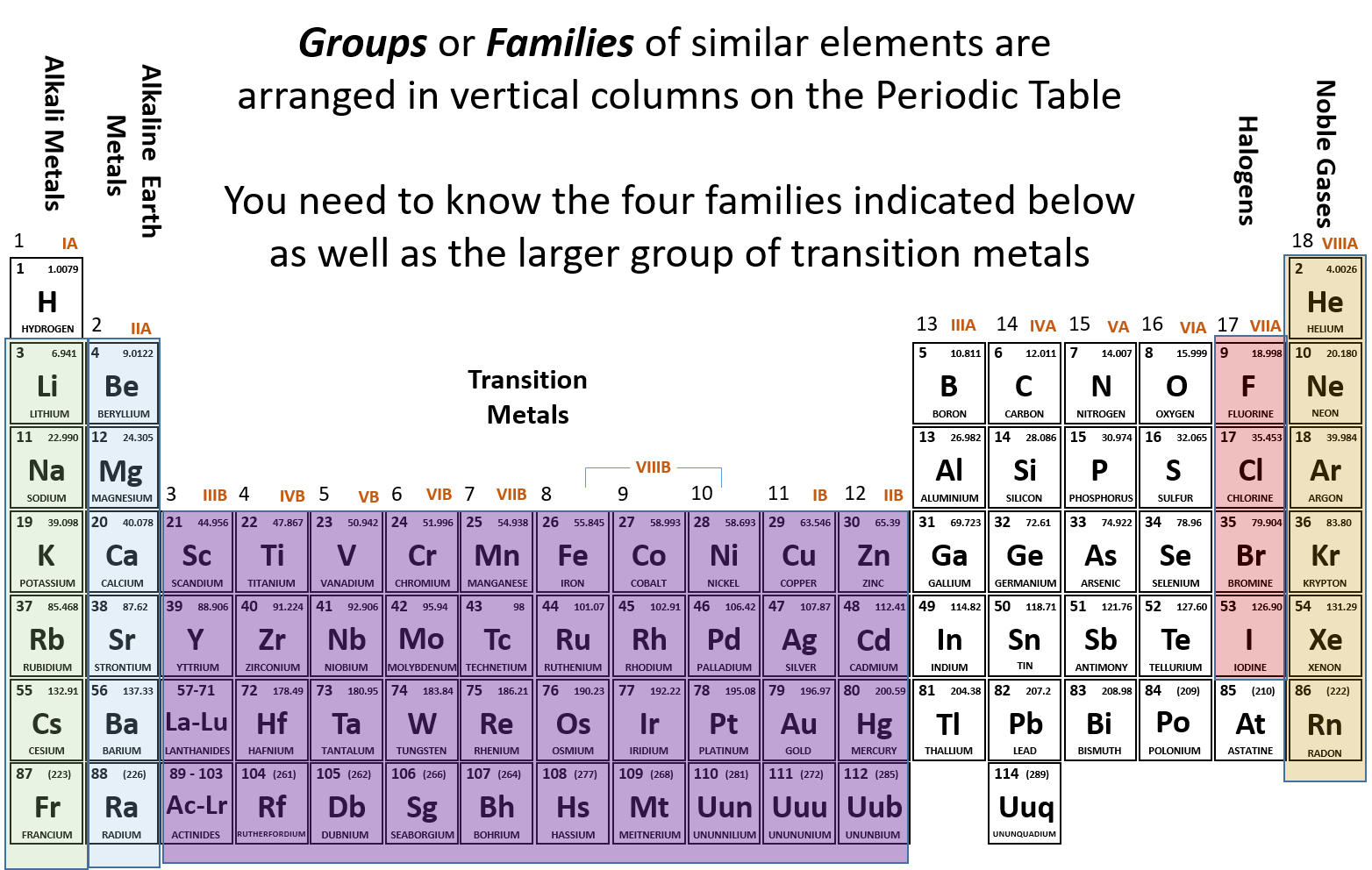






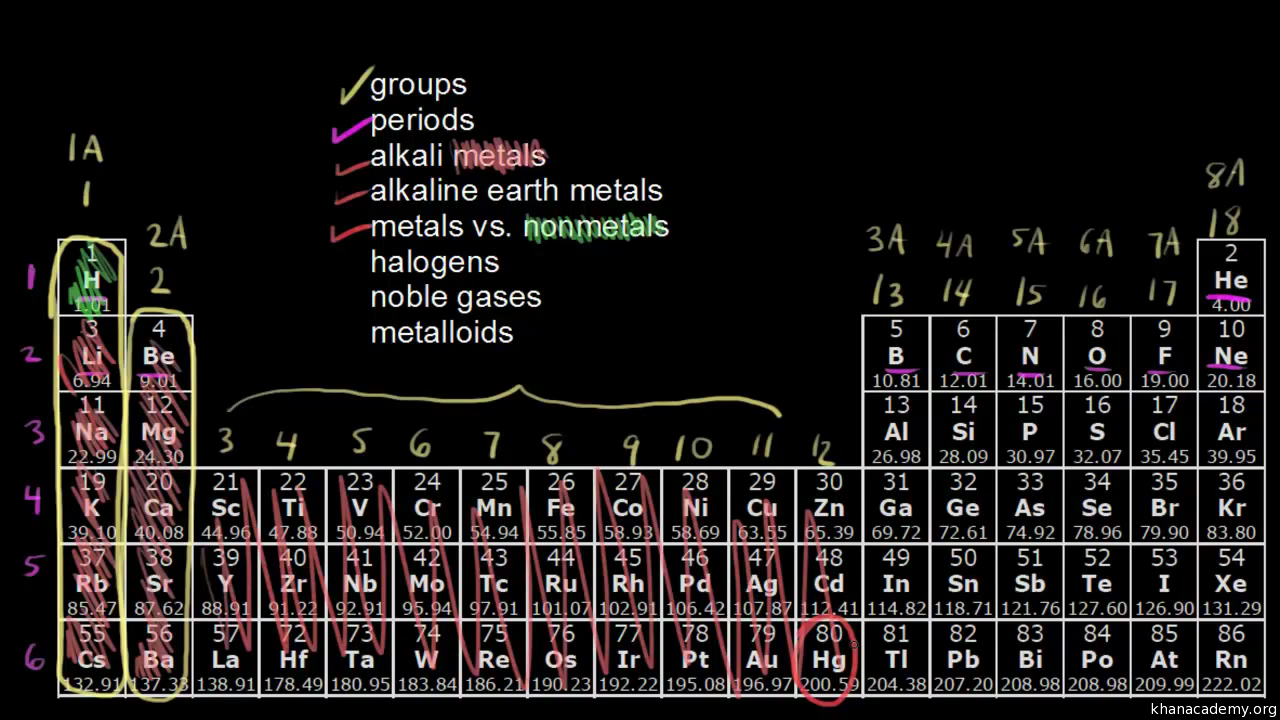
Post a Comment for "43 periodic table with metal and nonmetal labels"